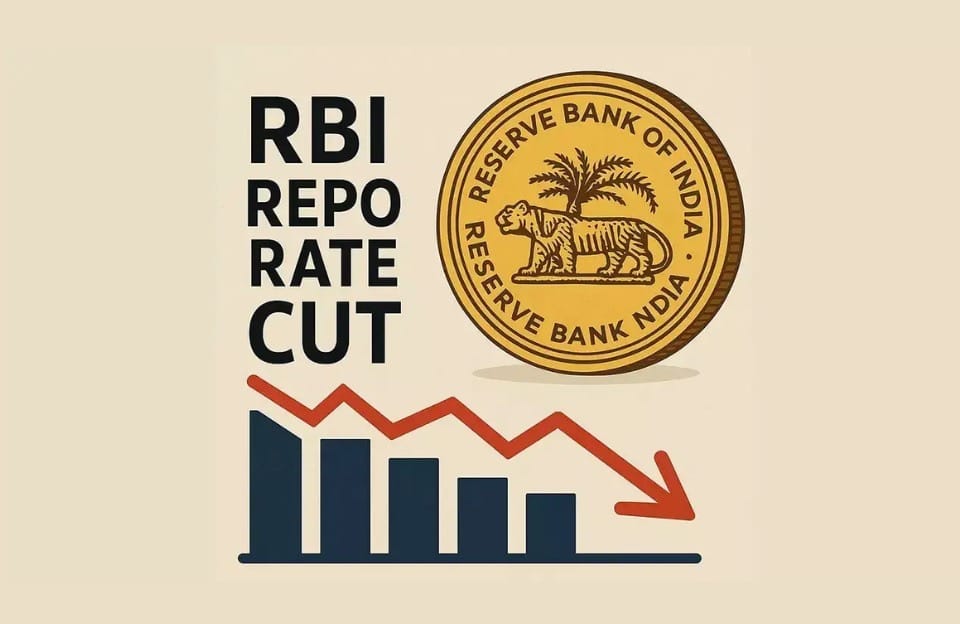Part 5 of 8-Part Series: Exploring India’s Unstoppable Growth and the Challenges It Must Navigate
Is the Nifty 50’s Climb Sustainable?
As of mid-July 2025, the Nifty 50, India’s premier stock market benchmark, has captured widespread attention by approaching the 25,000 milestone, closing at around 25,150 after a volatile week. This represents a year-to-date gain of approximately 5%, fueled by robust domestic investments, favorable policy developments, and resilient macroeconomic conditions. Yet, as the index pushes toward new peaks, a pressing concern emerges: Is this upward trajectory grounded in durable fundamentals, or do elevated valuations pose a risk of reversal? This analysis dissects the drivers behind the rally, potential vulnerabilities, and implications for investors, offering a clear, accessible breakdown based on current market dynamics.
The Nifty’s performance reflects India’s broader economic vitality, with GDP growth projected at 6.5% for the fiscal year. However, sustaining this momentum requires aligning market enthusiasm with real-world earnings and global stability. By examining both bullish catalysts and cautionary signals, we can better gauge the rally’s longevity.
The Rally: What’s Driving the Nifty’s Climb?
Several interconnected factors have propelled the Nifty’s ascent, creating a supportive environment for equities:
Robust Domestic Liquidity: Local investors have been a cornerstone, with systematic investment plans channeling record inflows of over 27,000 crore rupees in June 2025 alone. This consistent capital influx has provided a buffer against external volatility, enabling the index to rebound from dips and maintain upward pressure.
Policy and Macro Tailwinds: Recent monetary adjustments, including a repo rate reduction to 5.5%, combined with a promising monsoon season, have enhanced consumer confidence, particularly in rural regions. These elements bolster sectors sensitive to interest rates and demand, such as banking and consumer goods, contributing to overall market optimism.
Foreign Investor Sentiment: International funds continue to view India favorably, drawn by its stable inflation around 3.7% for the year and controlled fiscal deficit. Targets for the Nifty range from 25,000 to 25,500 in the near term, reflecting expectations of sustained growth amid a global landscape marked by uncertainty.
Sectoral Momentum: The rally’s breadth is evident in standout performances across diverse areas. For instance, defense-related stocks have surged amid reduced geopolitical risks, while financials and technology benefit from digital transformation and credit expansion. This diversified strength underscores the rally’s foundation in multiple growth engines.
These drivers have collectively pushed the Nifty beyond previous resistances, with technical indicators showing support levels around 24,700. The index’s resilience highlights India’s appeal as an investment destination, but it’s essential to scrutinize if this enthusiasm is overextended.
Valuation Risks: Is the Nifty Overheating?
Amid the excitement, warning signs suggest the Nifty may be advancing ahead of its underlying supports, prompting caution among analysts:
Elevated Valuations: The forward price-to-earnings ratio stands at approximately 22.6, which, while justifiable for a high-growth economy, exceeds averages in peer emerging markets. This premium implies expectations of strong future earnings, but any shortfall could trigger adjustments.
Subdued Earnings Expansion: Corporate profits for the quarter ending June 2025 are anticipated to grow by a modest 4-5% year-over-year, falling short of earlier estimates. Key sectors like information technology, consumer discretionary, and banking have seen revisions downward by about 2% for the fiscal year, indicating that the rally may be more sentiment-driven than earnings-backed.
Concentrated Gains: The upward movement is disproportionately led by a select group of large-cap stocks, leaving broader segments behind. Smaller indices, such as those tracking microcaps and smallcaps, have declined by over 12% from peaks in late 2024. In the top 750 stocks, three-quarters remain below their highs, signaling a lack of widespread participation that often precedes corrections.
External Pressures: Geopolitical developments in the Middle East have driven Brent crude prices to around 70 dollars per barrel, potentially compressing corporate margins through higher input costs. Additionally, the U.S. central bank’s stance on maintaining rates at 4.5% with limited cuts forecast for the year strengthens the dollar, adding headwinds for exporters and import-dependent industries.
These risks highlight a potential disconnect between market levels and economic realities, where liquidity has outpaced fundamentals. Historical precedents, such as sharp pullbacks during global crises, serve as reminders that overvalued conditions can lead to volatility.
So, Is the Rally Sustainable?
The Nifty’s sustainability hinges on a delicate equilibrium. Positively, India’s structural advantages—such as controlled inflation, domestic capital resilience, and policy continuity—provide a sturdy base. With GDP expansion outpacing global peers and inflows sustaining momentum, the index could test higher levels if earnings align with expectations.
Conversely, reliance on liquidity over profit growth raises vulnerabilities. Should fiscal year 2026 results underperform, as some projections suggest, valuations might contract, leading to a 5-10% pullback. Technically, a breach below 24,700 could indicate short-term weakness, whereas surpassing 25,200 might validate further advances. The rally’s narrow base amplifies risks, as broader market participation is crucial for longevity.
In essence, while the macro narrative supports continuation, investors must monitor earnings reports and global cues closely. The Nifty has historically averaged 14-16% annual returns since its inception, but periods of exuberance often precede consolidations.
What Should Investors Do?
Navigating this environment requires prudence and strategy. Here are actionable recommendations:
Prioritize Fundamentals: Focus on resilient sectors like financial services, technology, and defense, where companies demonstrate consistent earnings and strong balance sheets. Examples include firms with robust cash flows and market leadership.
Diversify Strategically: Avoid over-reliance on the headline index; consider allocations to mid-tier benchmarks that have shown superior returns, offering exposure to emerging opportunities with better growth prospects.
Implement Risk Controls: Utilize protective measures such as stop-loss thresholds to safeguard gains in fluctuating conditions. Stay attuned to international developments, including monetary policies and commodity trends, which influence sentiment.
Adopt a Long-Term Lens: Liquidity-fueled surges can be fleeting; emphasize enterprises with proven track records over speculative plays. Regular portfolio reviews ensure alignment with evolving market realities.
By blending caution with opportunity, investors can position themselves to benefit from India’s growth story while mitigating downsides.
The Bottom Line
The Nifty 50’s approach to 25,000 exemplifies India’s economic fortitude and investor zeal in 2025. Supported by domestic flows, policy boosts, and sectoral vigor, the rally holds promise. Nevertheless, stretched valuations, modest earnings, concentrated advances, and external uncertainties warrant vigilance. For enduring progress, fundamentals must catch up to enthusiasm. Investors who emphasize quality, diversification, and risk management will be best equipped to thrive, turning potential volatility into strategic advantage in this dynamic landscape.


